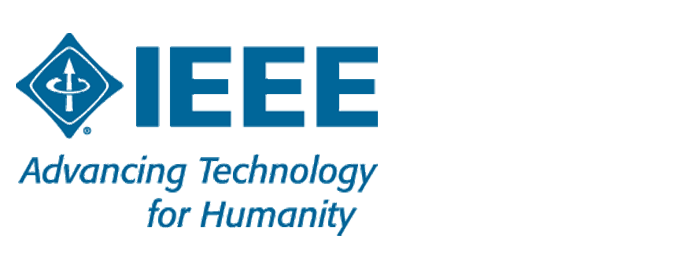IEEE INGR (International Network Generations Roadmap)/Future Networks, Systems Optimization Roadmap Chapter
The document describes Gaps in Standards for Autonomic/Autonomous Networking (ANs), including Self-Organizing Systems and Networks. The Emerging Industry Requirement for Standardization of a Blueprint for Common Operational Principles for Autonomic/Autonomous Networks (COPAAN) is presented in more detail in relation to the Autonomic/Autonomous Networking (ANs) paradigm. The Model of Interfaces of an AN that call for COPAAN Standard Development is presented. The connection of COPAAN and Robotics is illustrated. Systems Optimization, Traffic Variance, Control Variance, Service Variance, Confluence, Dependency, Complex Systems, Self-Organizing Networks, Self-X, Autonomics, Autonomic Management & Control (AMC), Emergence

IEEE NGR (International Network Generations Roadmap) 2022 EDITION
https://futurenetworks.ieee.org/roadmap


